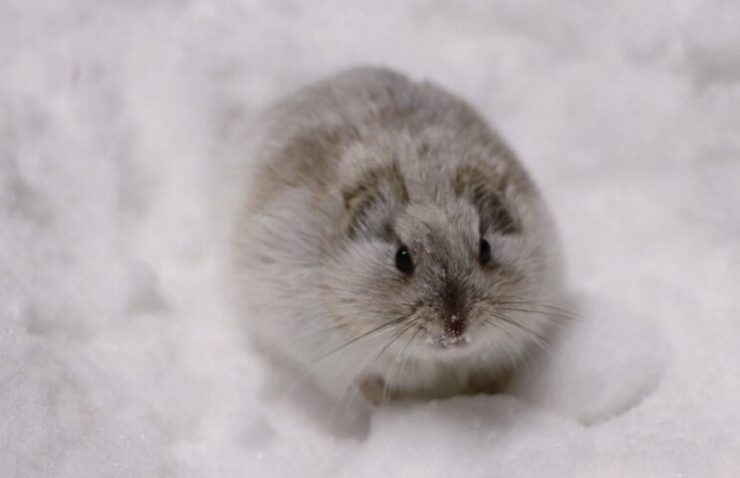Norway Lemming – Lemmus Lemmus
Distinguishing Features – Length: 13 – 15 cm; Tail: 2 cm; stout bodies, thick fluffy fur, small ears, very short tails, and long claws. Habitat Tundra, grassy land of northern Scandinavia and western Russia. Diet Diet consists mainly of grass, little shrubs and above all, moss; also avaiable insects in summer. Notes The noticable marked … Read more










